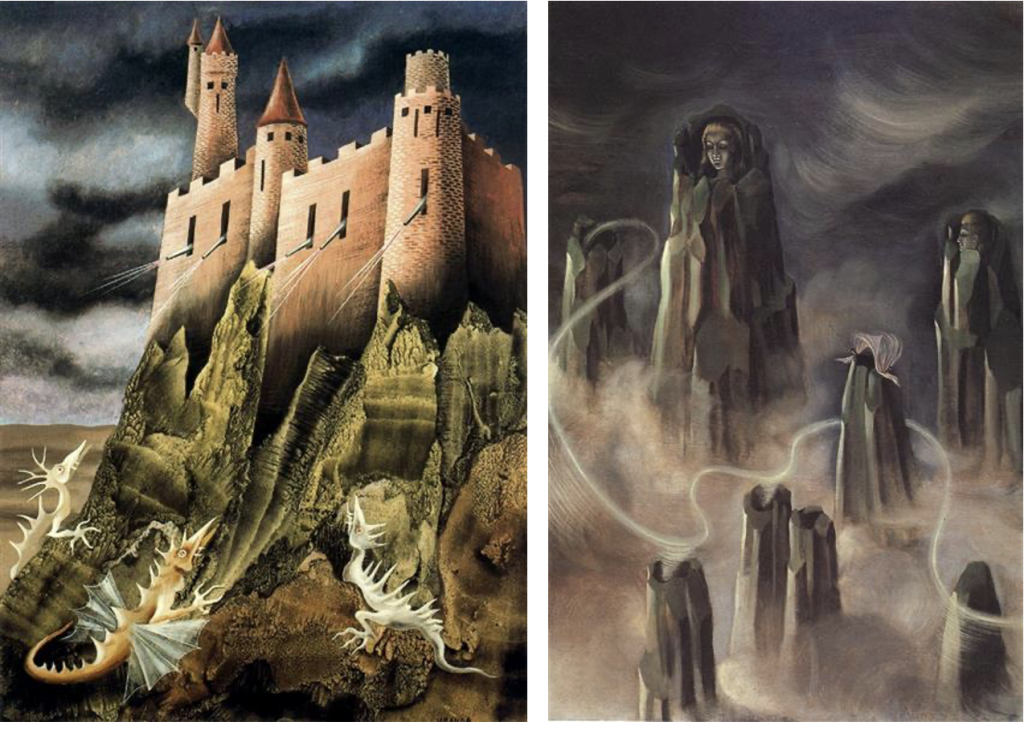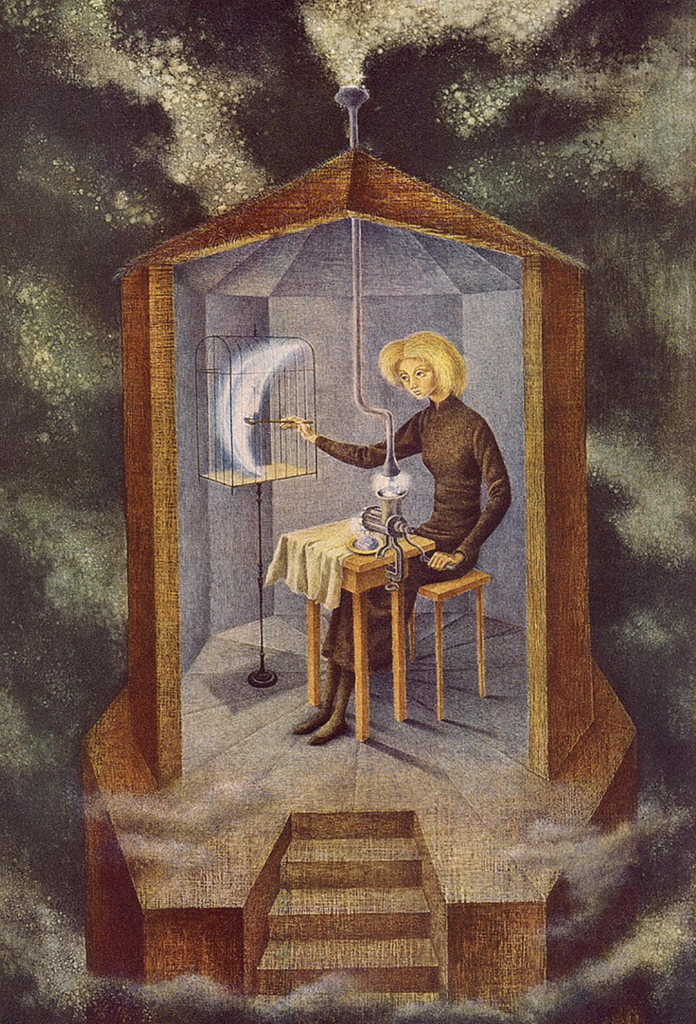Takashi Murakami is a Japanese modern artist who was born on February 1, 1962. He works with both painting and sculpture and commercial mediums and is noted for blurring the barrier between high and low arts. He popularized the phrase “superflat,” which defines both the aesthetic aspects of Japanese creative heritage and the nature of postwar Japanese culture and society and is also used to characterise Murakami’s artistic style and other Japanese artists influenced by him.
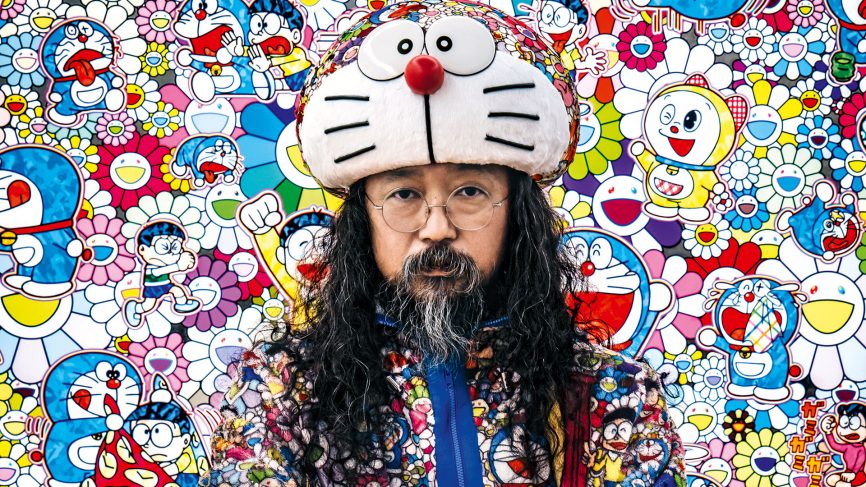
Murakami was born and raised in Tokyo. He had always been a lover of anime and manga (Japanese cartoons and comics), and he aspired to work in the animation industry. He studied drawing at Tokyo University of the Arts to become an animator, but he finally concentrated in Nihonga, the ‘traditional’ form of Japanese painting that integrates ancient Japanese aesthetic traditions, methods, and topics.
Below is one of the first characters he created. I love the colours, simplicity of the shapes and the silly yet eerie effect this piece has on its viewers.

Personally, ever since I went to Japan to pursue my Japanese language studies, I have always admired his work. I want to study at Tokyo university of art in the future and have always looked up to Takashi Murakami’s work. Like him, I have also grown up watching anime and reading manga since my parents are both animators and were big fans of the Japanese animation films. This was what drove me to admire Murakami’s work.
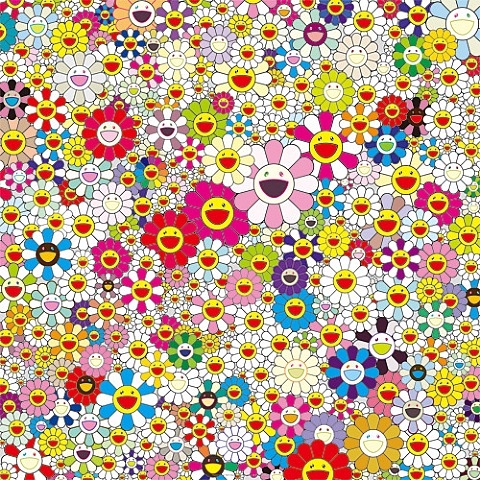
This one of his trademark artworks, that is recognized globally. I love how simplistic yet captivating this piece is. The name of the piece also makes me wonder what the artist thought before naming the piece.
Even though at first, I did not understand the impact of his work, after listening to my peers talk about his journey in class, I realized what an impact he has created.
These are some of his other artworks that really resinated with me:
This artwork of his named “727” really stood out to me. I admired how he merged the tradidtioal Japanese style painting along with his personal character style.
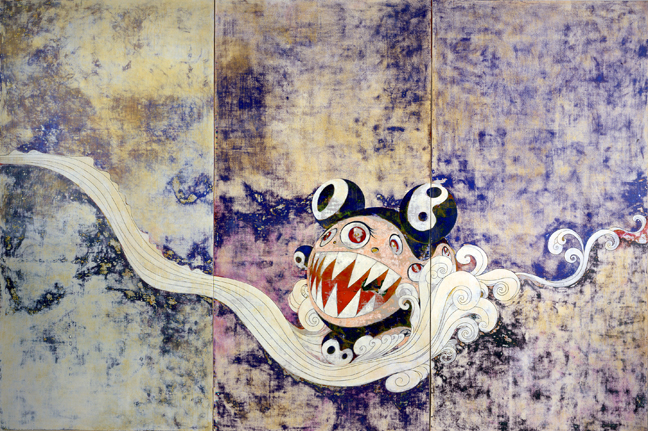

Works cites:

